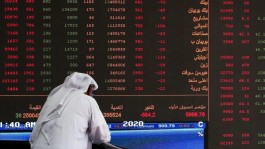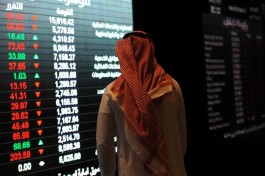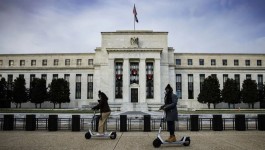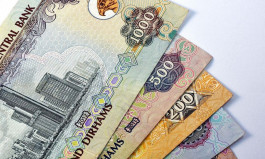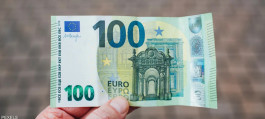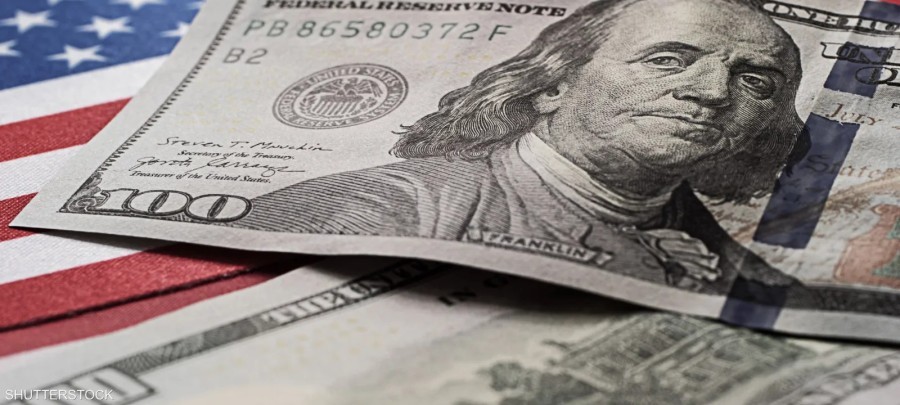The US dollar fell on Tuesday, weighed down by dovish comments from Federal Reserve officials ahead of key economic data that could influence the Fed's final monetary policy meeting of the year.
At 11:15 a.m. Saudi time, the dollar index, which tracks the performance of the US currency against a basket of six other currencies, fell 0.1% to 99.410, resuming its decline after breaking a four-day losing streak on Monday.
The dollar declined
The US dollar weakened slightly after Federal Reserve Governor Christopher Waller spoke about the risks facing the country's labor market, calling for another quarter-point interest rate cut at the next policy meeting on December 9-10.
Four to six weeks ago, we were still in a no-hire, no-layoff situation, Waller told the Association of Professional Economists in London. BP, when speaking to company executives, they have started talking about layoffs, he said. They are starting to plan for them.
It could be related to artificial intelligence. There could be a lot of other things... It won't just be 'no hiring, no layoffs.' At some point, that will start to happen, Waller said.
However, other Federal Reserve officials have indicated their reluctance to continue easing, leaving investors uncertain about the central bank's next move.
The end of the federal government shutdown means that this week will see the release of several data points, most notably the closely watched September non-farm payrolls report on Thursday.
Our base case remains that risks are skewed to the downside for the dollar once the US data cycle begins, and we expect a Fed cut in December to become the base scenario for the market again, analysts at ING said in a note.
Markets are pricing in a probability of around 40% for a 25-basis-point cut at the next meeting of the US Federal Reserve, down from around 60% a week ago.
The euro still has upward potential - ING
In Europe, the euro/dollar pair rose marginally to 1.1593, after breaking a three-day losing streak overnight.
In our view, the upside risks to the EUR/USD pair remain, ING said. The pair has recently been trading relatively cheap compared to its short-term fair value, but since the French political risks subsided, it has struggled to maintain a valuation decline of more than 1% for consecutive days.
Our year-end target remains 1,180. While the upward trajectory may not resemble the one-way upward traffic seen earlier this year, the positive seasonality in December may help facilitate the move, ING added.
The pound/dollar pair fell 0.1% to 1.3152, with sterling under pressure ahead of Chancellor Rachel Reeves' upcoming budget.
Reeves is expected to need to raise tens of billions of pounds to stay on track to meet its financial targets on November 26.
The yen is rising slightly
In Asia, the dollar/yen pair fell 0.2% to 154.96, with the Japanese yen rising after hitting a nine-month low earlier in the session.
Yields on long-term Japanese government bonds have risen to their highest levels in decades, with the 20-year bond yield reaching record highs.
Investors are increasingly concerned that new fiscal measures under Prime Minister Sanae Takaichi's administration could increase Japan's already heavy debt burden.











